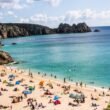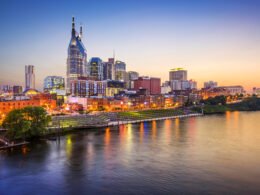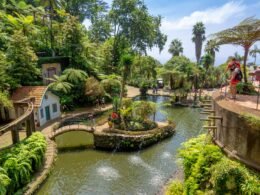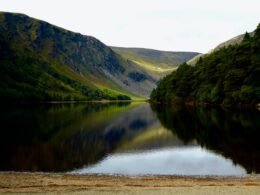
Every year Spain welcomes a staggering 75 million international tourists, making it one of the leading tourist destinations anywhere in the world. The majority of these tourists, however, will pick one, maybe two different places in the country, depending on the length of their holiday.
Spain is a huge and incredibly diverse country. though. Each region has its own very distinct identity offering something a little different. You might not be able to see everything that Spain has to offer in just 14 days.
However, with the right itinerary, you should be able to visit some truly incredible places. This will give you a more rounded feel for Spain and the incredible Spanish people.

Before we get to our ultimate itinerary, you may be wondering how you might get around the country during your stay. After all, you’ll want to make the most of your time there. Spain has a very good public transport system. Not only are there high-speed trains connecting all of the major cities that actually make the journey faster than it would be by car or bus. There are also plenty of local flights – there are 59 airports within Spain – that can make traveling around very quick. Some of the plane tickets you can buy for domestic flights are cheaper than train tickets.
14 Days In Spain – Where Should You Go First?
Day 1 & 2 – Barcelona
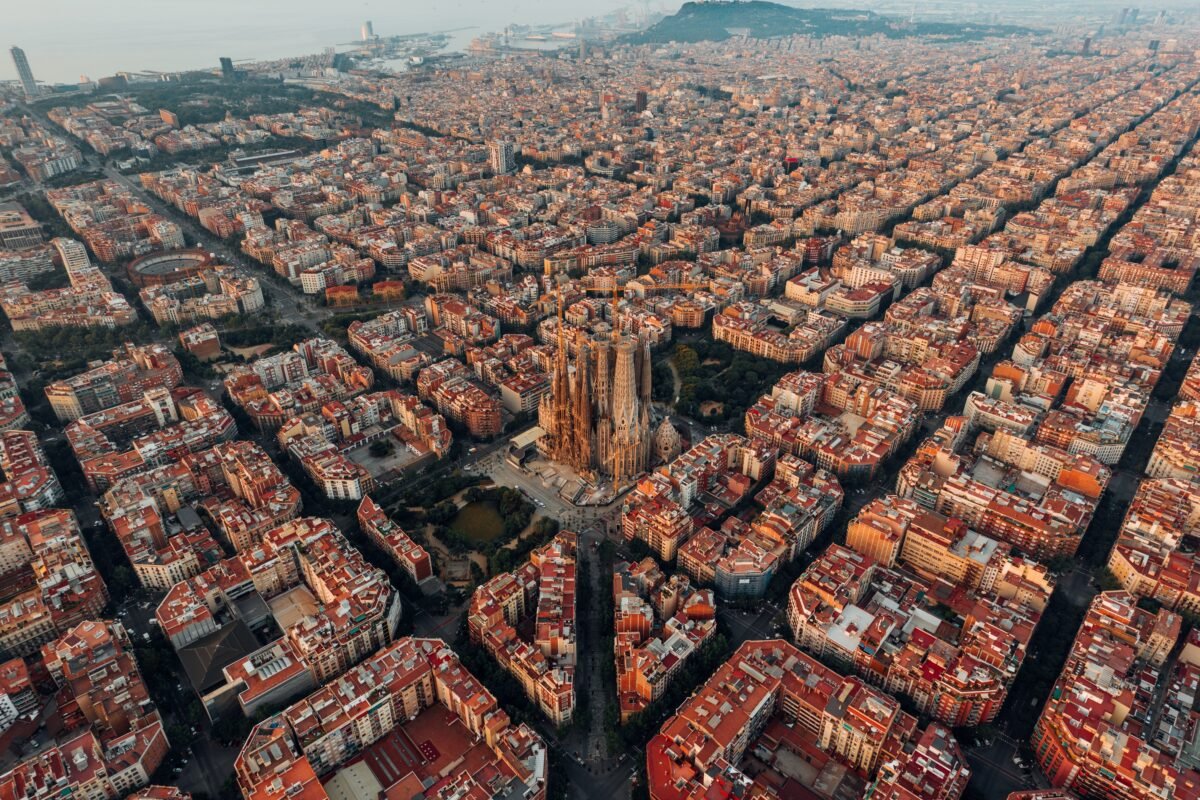
Barcelona is a must on any trip to Spain. As a result of its superb transport network, and of course, international air links with countries all over the world, it really is the best place to start off any tour of the country.
There are plenty of daily flights, so aim to arrive early and drop your luggage at your chosen accommodation. Then, you can spend your first day in the city simply getting lost in the sights. As the second most populous municipality in Spain, Barcelona has plenty to offer. You will not be able to see everything, but you will be amazed by how much you can pack into a couple of days.
Plaza de Cataluña – Take In The Catalan Culture

The Plaza de Cataluña makes a great starting place. Why not immerse yourself in the local Catalan culture? You can do so with a stroll around La Rambla, the city’s main street. The Jamon Museum and the Boqueria Market offer a great taste of typical regional food and lead you nicely to the Barceloneta beach. Here, you can relax and capture the sun. This area is a great place to sample some of the incredible Barcelona nightlife too.
Architectural Beauty At Its Best

Photo: Jonas Denil | Unsplash
No visit to Barcelona is complete without a visit to one of the most important buildings associated with Gaudi. So, head to the awe-inspiring Sagrada Familia Temple as a great way to start your second day. This incredible building and its stunning architecture will have you lost for words. Casa Milà and Casa Batllò are also well worth a visit. Head on over to the Gothic Quarter and explore its narrow streets and “La Seu”, the Cathedral of Barcelona. This will offer even more stunning architecture. Another Gaudi gem, Park Güell, with its vibrant and strange shapes, offers some of the best views over the city. This is a great way to end your time in Barcelona.
Day 3 – Girona & Figueres
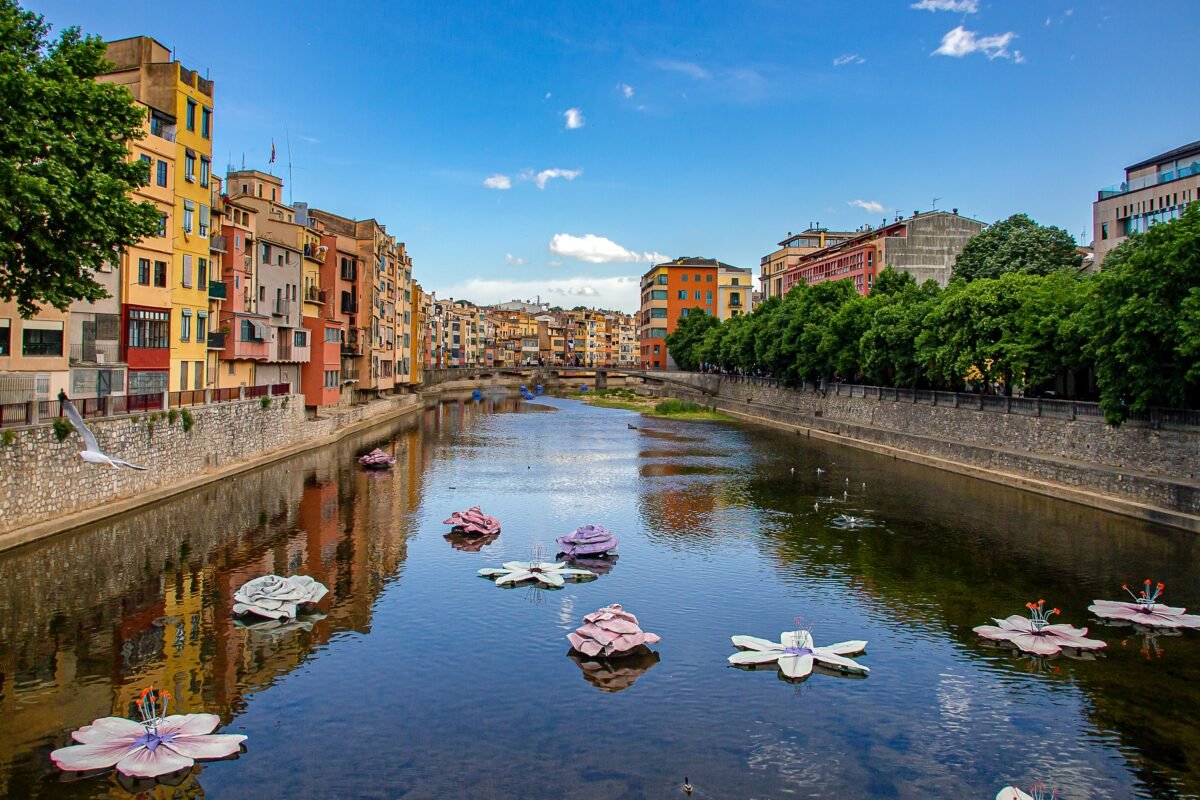
After two rather hectic days in the hustle and bustle of a big city, give yourself a complete change of pace with a stop in Girona. As you cross the city walls, you will be completely transported. You’ll find yourself in a different time with medieval architecture surrounding you.
Girona is just 38 minutes away from Barcelona on the high-speed train. Yet, offers something completely different. The main attraction here is the Girona Cathedral, a stunning stone building with a huge, pointed tower and square main sanctuary.

On To Figueres
From Girona, the train to Figueres will take you on another short journey of 37 minutes. This is a great opportunity to admire the glorious Spanish countryside.

Photo: LoggaWiggler | Pixabay
Figueres is home to the number one tourist attraction in the region, the Teatre Museu Dali. Dali was born in Figueres and left much of his work here. After the Pardo museum, this is the most visited museum in Spain. Immerse yourself in the weird and unusual world that Dali’s paintings portray. There are plenty of places to stay in Figueres, and you will be sure to find a restaurant serving local delicacies to complete your day.
Days 4 & 5 – Valencia
Whilst the train journey from Figueres to Valencia will take you a few hours, it will be very cheap. So, to make the most of your time in Valencia, it is worth an early start. You could always catch up on some sleep on the train!

The first stop in Valencia should be the City of Arts and Science. Designed by Santiago Calatrava, this futuristic set of buildings is incredible. The Science Museum is interactive, and L’Oceanografic, the largest oceanographic aquarium in Europe, is not to be missed. Valencia is known for its Paella, so complete day 4 of your trip with some authentic Paella in one of the many eateries you will find here.
The Old Town – A Gastronomical Delight
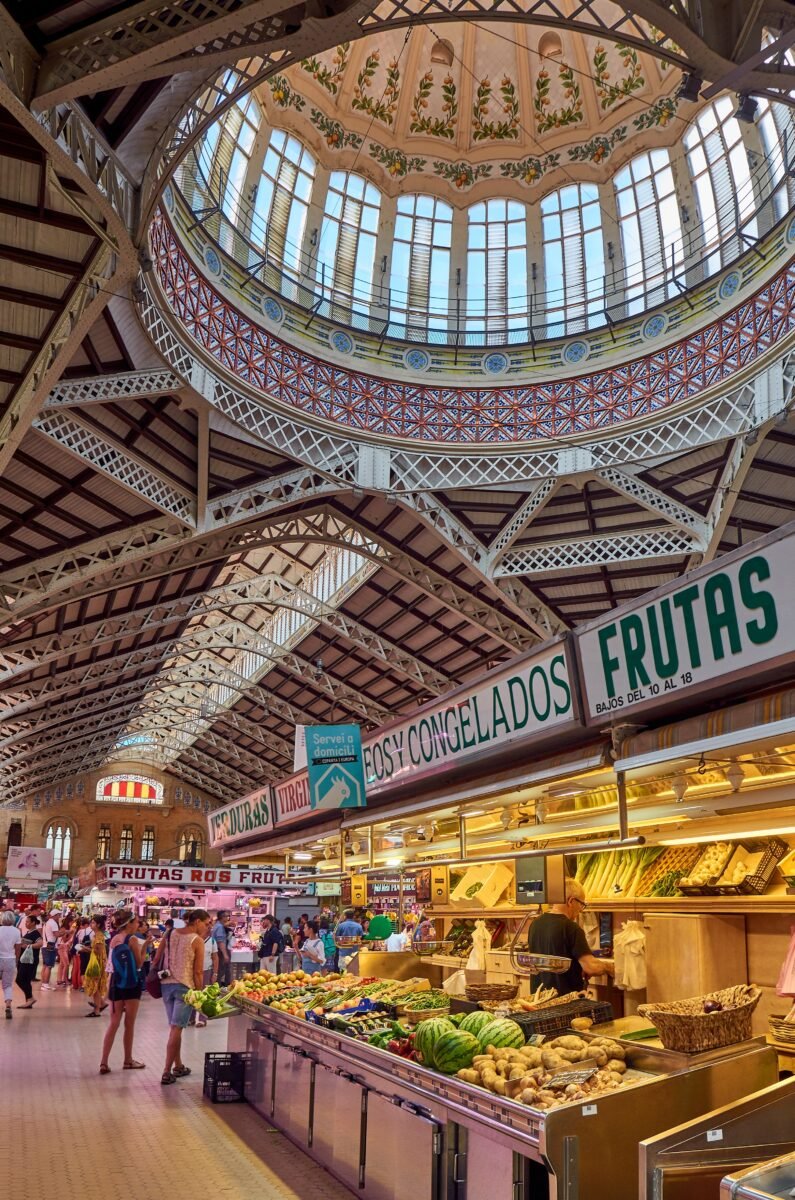
A trip to Valencia’s old town is a great way to start day 5 of your holiday. Here you will find the central food market, where plenty of local specialties will be on offer, so why not grab something for lunch once you have finished exploring? The Turia Gardens, where the Royal Palace once stood, are a botanical dream and a great escape from the hubbub of the city.
If a trip to the beach is what you prefer, then the Las Arenas beach is close to the centre of Valencia, or you could take the short journey to the Albufera National Park.
Days 6 & 7 – Madrid
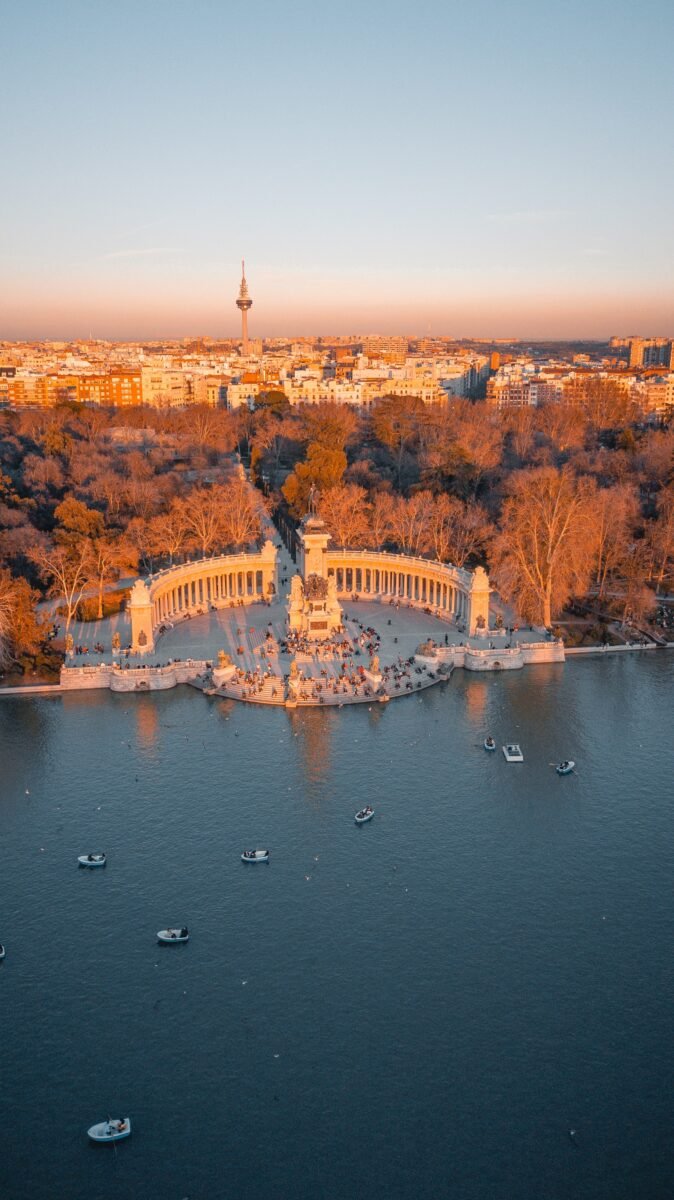
The high-speed train makes short work of the journey from Valencia to Madrid and will take you a little over 90 minutes of travel time. You will be treated to some stunning views of the mountainous countryside along the way. If you set off early enough, a great way to start your time in Madrid would be with some churros for breakfast in the city centre.
Get Ready For Busy Days and Nights

As you would expect from Spain’s capital city, there is plenty to see and do here, so a busy two days are ahead of you. Whilst you are in the city centre, you may want to consider visiting La Puerta del Sol, and take a walk in the Sabatini Gardens and the Royal Palace. For a bit of hustle and bustle, the Gran Via area, and the Broadway of Madrid should certainly be on your list.
Madrid is teeming with places to eat and is home to the oldest restaurant in the world (according to the Guinness Book of World Records). Sobrino de Botin is famous for its suckling pig and is even mentioned in a Hemmingway novel. For a great photo opportunity, check out the sunset from Debod Temple, a second-century Egyptian temple that was donated to Spain.
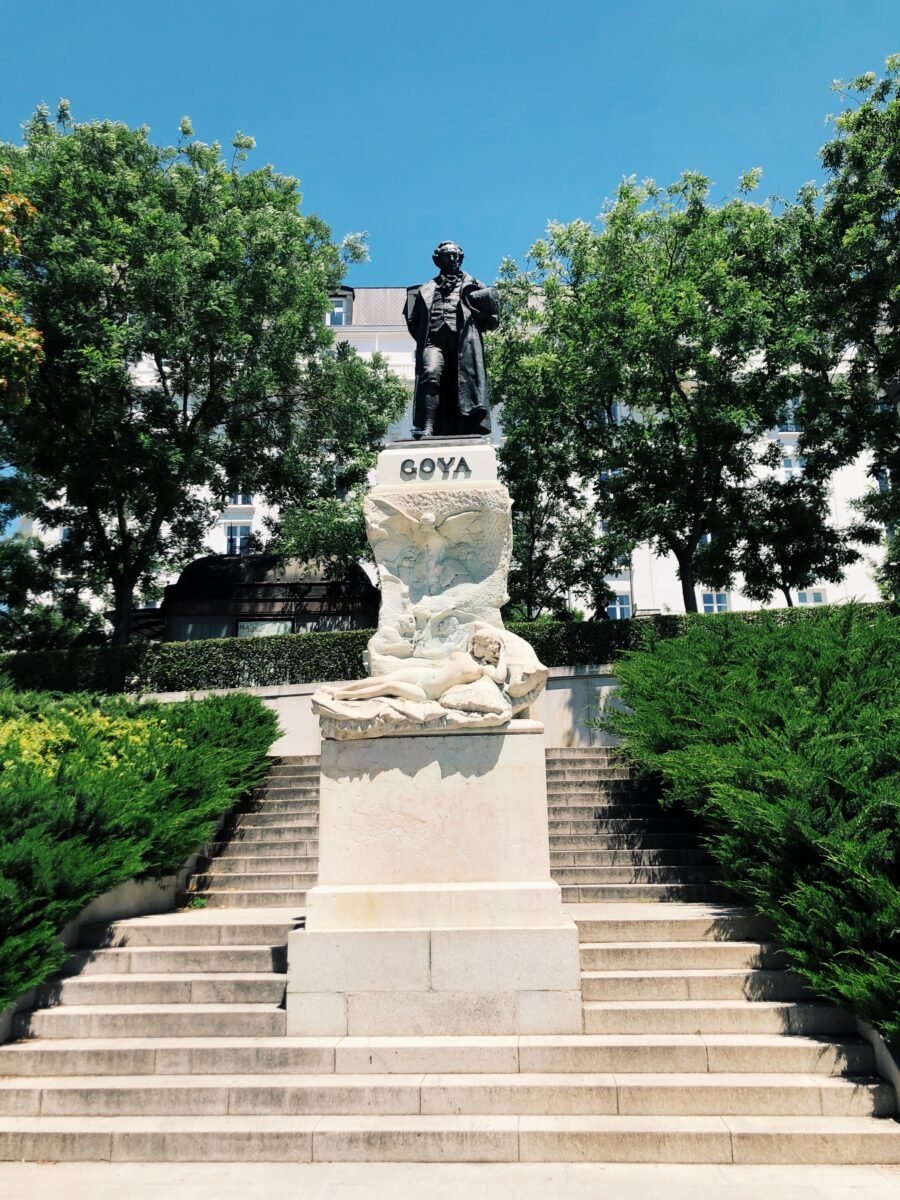
Make your second day in Madrid museum day. It goes without saying that El Prado Museum should be top of your list. Widely considered to be the home of the finest collection of European art, this is the main Spanish art museum. Reina Sofia Museum, where you will find plenty of modern Spanish art, should also be on your list. Here you will find work by Dali and Picasso. Don’t forget to check out Guernica, Picasso’s most famous masterpiece. Museo Thyssen completed the “golden triangle” of art museums in Madrid.
Day 8 – Toledo
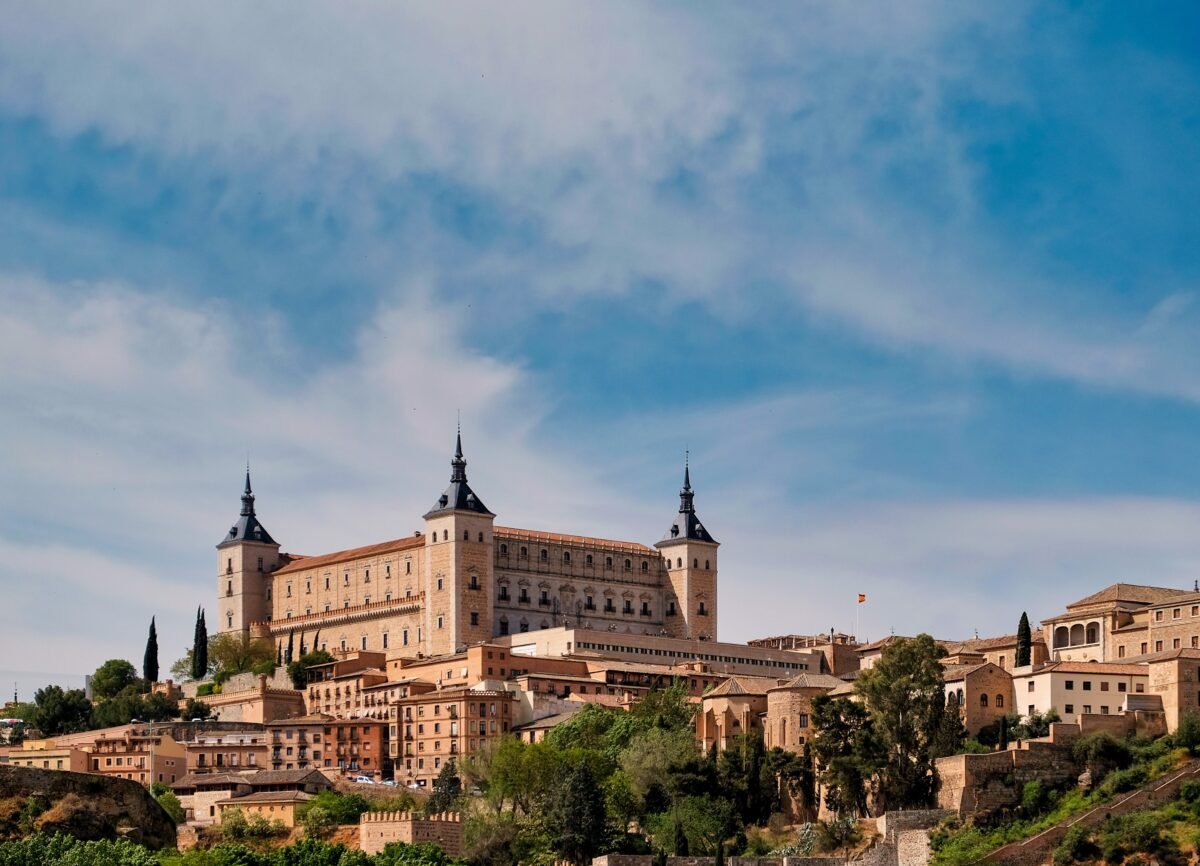
Another short journey on the high-speed train will have you in Toledo in just over half an hour. There is plenty to see here, so a Toledo City Card can be a great investment – not only will you get three guided tours, but you will also be able to see all the top monuments. Toledo is to history what Madrid is to culture.
Toledo is a UNESCO World Heritage Site which was once known as the Town of Three Cultures, being home to a thriving population of Muslims, Catholics and Jews during the middle ages. The architecture is a real reflection of these three cultures.
Days 9 & 10 – Seville
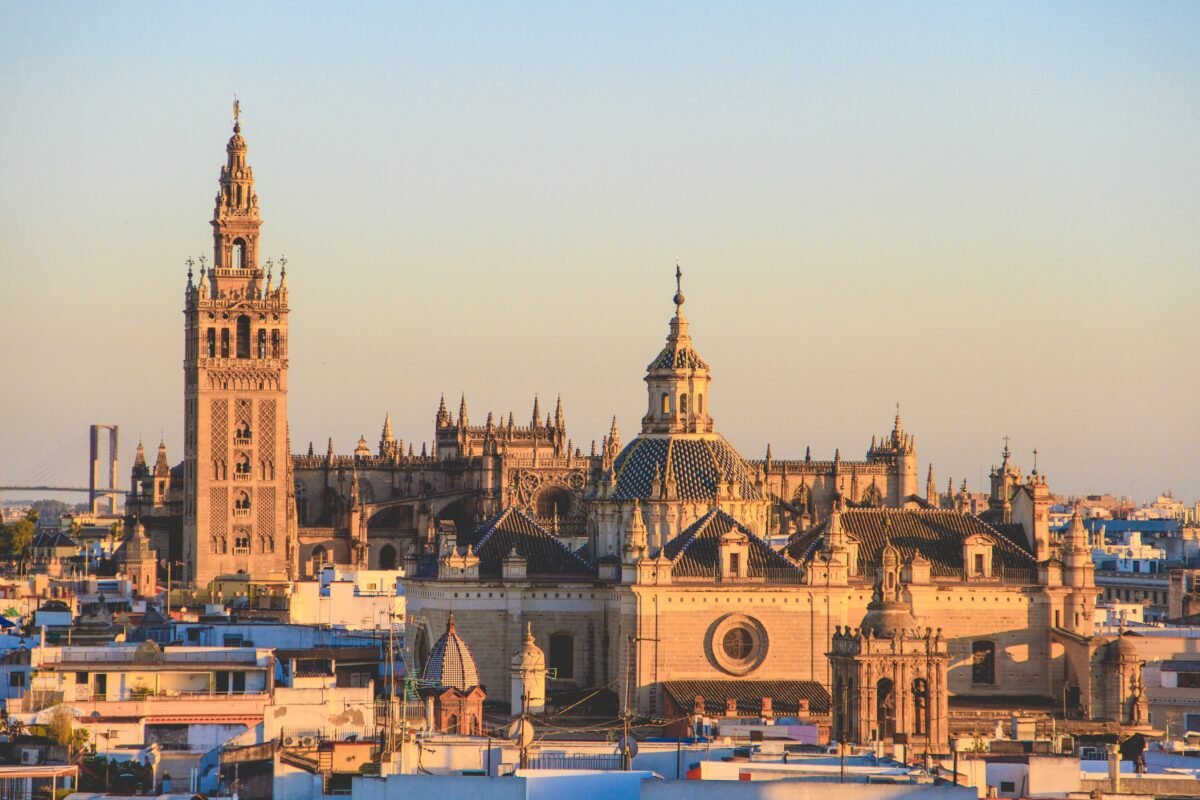
The quickest way to get to Seville is to return to Madrid and catch a domestic flight to Seville. Spend your first day in the stunning region of Andalucía, visiting the stunning sites of Seville itself. Christopher Columbus was buried in the city’s Cathedral, and the nearby Alcazar palace is not to be missed. Both are UNESCO World Heritage Sites. If you have time during your first day in Seville, be sure to visit the Palace of the Countess de Lebrija and the stunning Plaza Espana.
Seville Culture, Food, And Flamenco
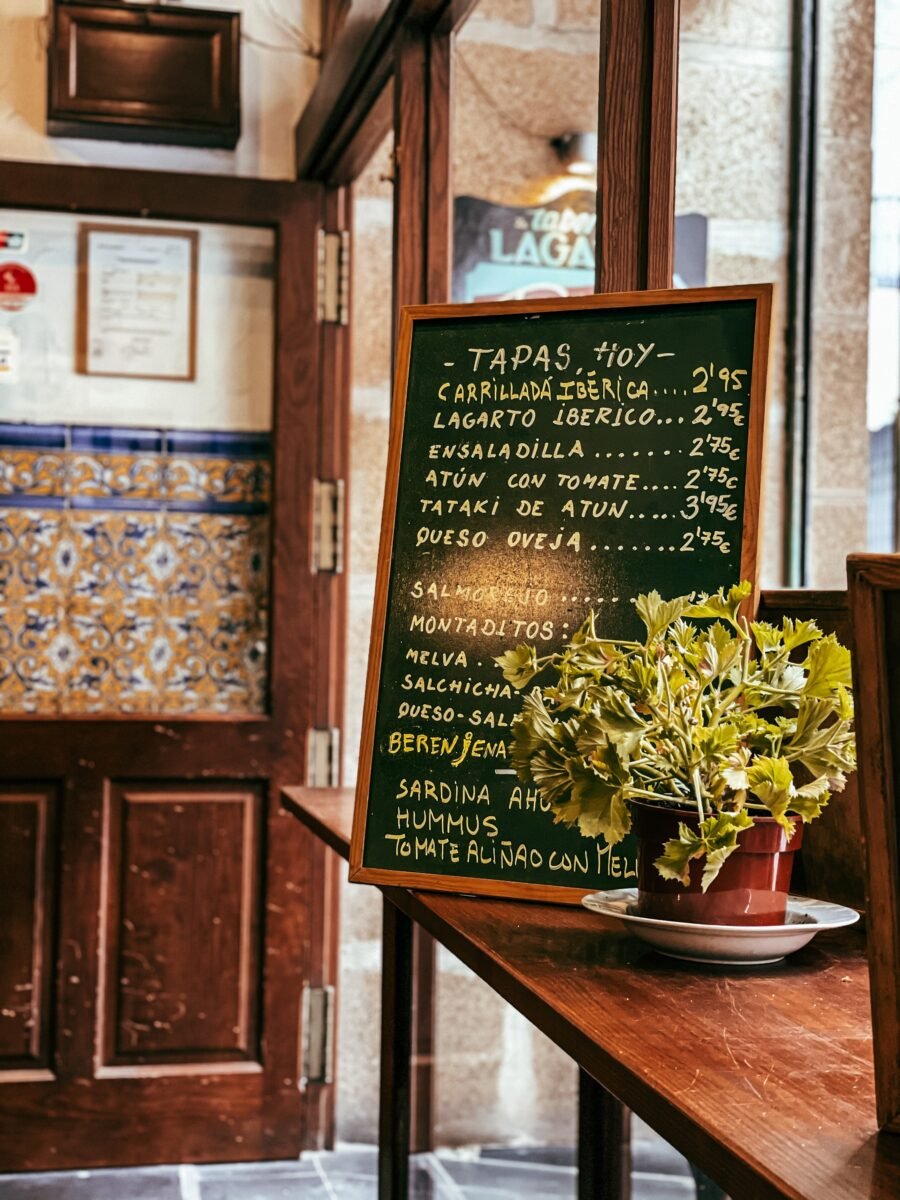
Having spent a day immersing yourself in the history of Seville, why not dedicate your second day here to the culture of the city? The narrow alleys of Seville are full of tapas bars to delight your taste buds, and Flamenco shows to enthrall you. Flamenco has been declared by UNESCO to be a “Masterpiece of the Oral and Intangible Heritage of Humanity.”
Days 11 & 12 – Malaga
Once again, the high-speed train will make short work of the journey from Seville to Malaga.
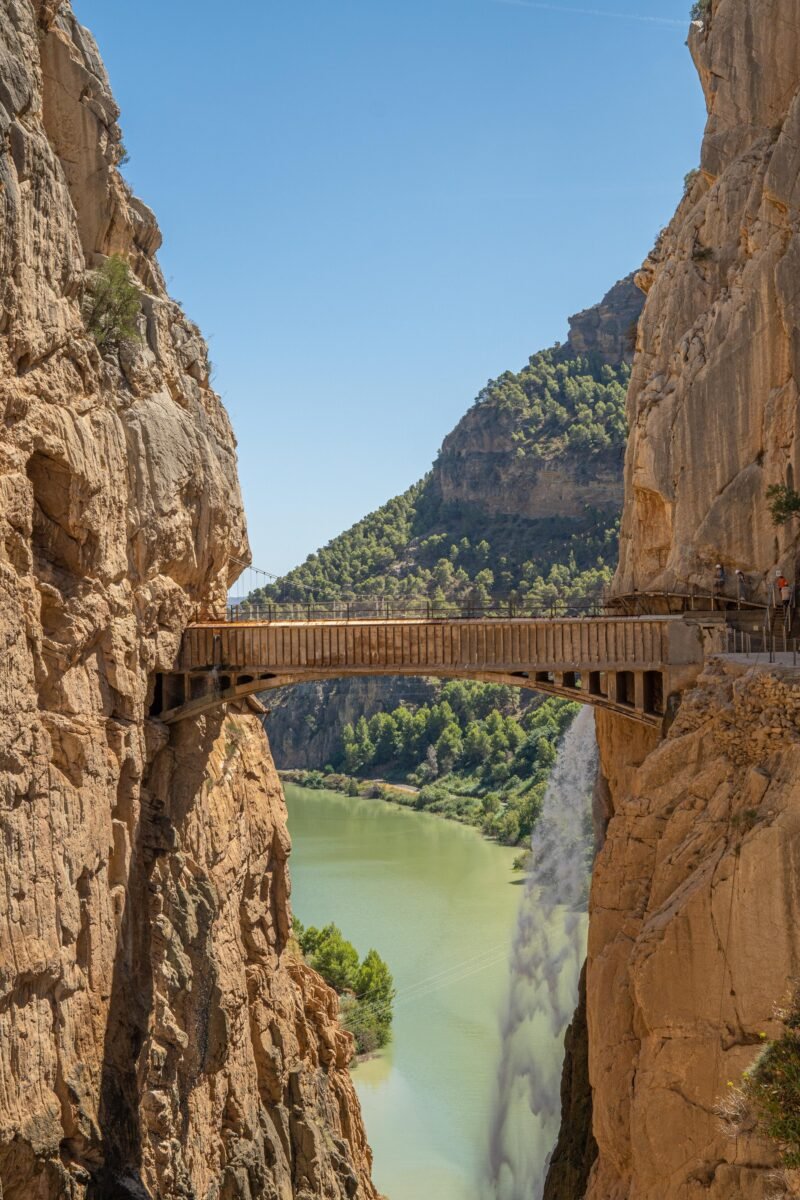
Whilst in Malaga, El Caminito del Rey is an absolute must. This narrow walkway is located along the steep walls of the El Chorro gorge near Ardales. Meaning King’s Pathway, the path was once considered to be the most dangerous walkway in the world. However, a careful restoration project has earned it a recent Europa Nostra Award for conservation of heritage. This is a truly unique experience and one not to be missed. Due to the popularity of the walkway and its narrowness, there are limited tickets available, so you need to plan a couple of months in advance for this.
A Day Of R&R

In contrast to your first day of adrenalin-fuelled adventure, why not take your second day in Malaga for rest and relaxation? You could hit one of the many fantastic urban beaches. The closest one to the old town is La Malagueta. The Picasso Museum is close by and well worth an hour of anyone’s time. Malaga also offers plenty of opportunities for some fantastic tours. Why not look out for something that combines wine and tapas and offers you the opportunity to taste some of the sweet wine the region is famous for?
Day 13 – Cordoba

Once again, head inland on the high-speed train, and in under 2 hours, you will have arrived in the gorgeous city of Cordoba. With a small-town feel, this is certainly a location you can explore in 24 hours.
Mezquita is one of the most incredible examples of Moorish architecture you will find in Spain. The site was once home to a Roman temple and a Visigoth church. The Great Mosque was then converted into a Catholic church. UNESCO has deemed it a World Heritage Site thanks to its 856 candy cane striped columns. The old quarter streets are a gorgeous place to wander, and the white walls and contrasting blue flowerpots that you will see everywhere in the courtyards are a spectacular sight.
Day 14 – Granada

All great things must come to an end, and what better way to end your 14-day tour of Spain than with a stop in Granada? The average train time for the journey is a very reasonable 90 minutes, again crossing some spectacular countryside. With its mountainous surroundings and medieval vibe Granada is another other of those Andalusian cities that will offer you some incredible sights.
Plan visits to attractions in advance
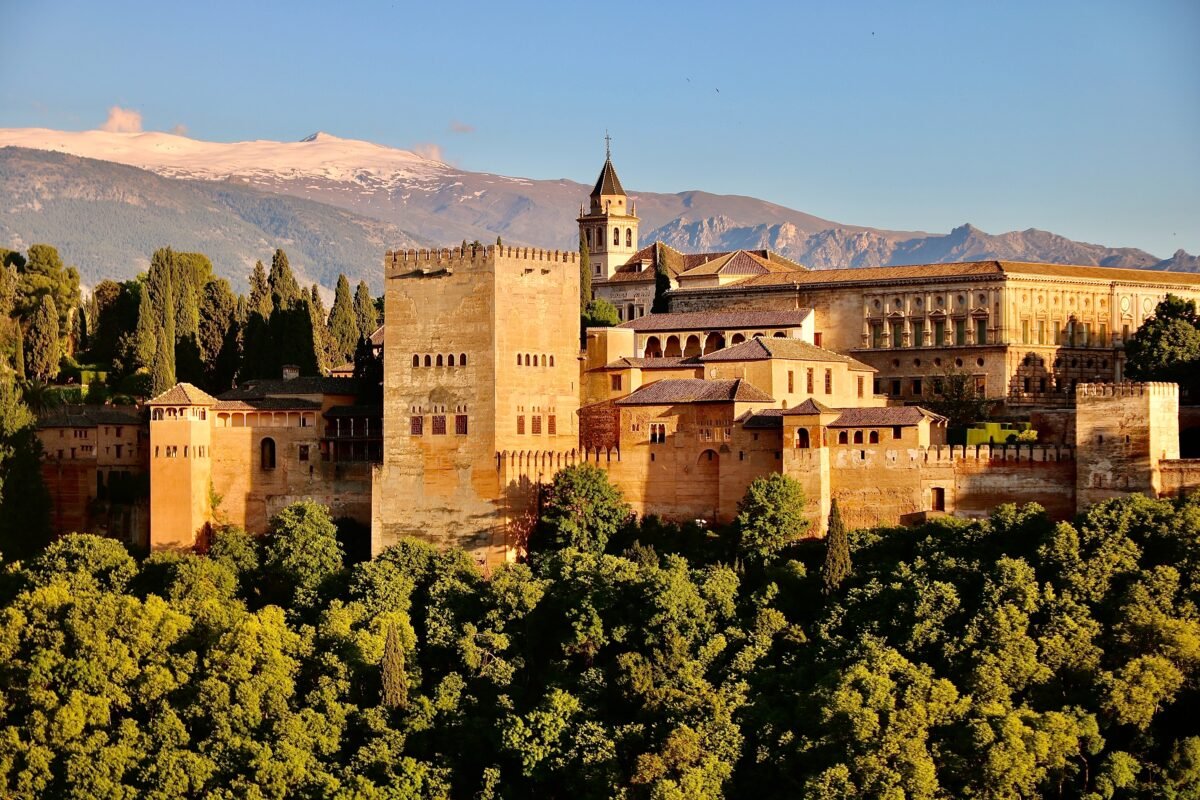
Photo: Jorge Fernández Salas | Unsplash
The Alhambra Palace is one of Spain’s most visited monuments and the centerpiece of Granada. Build over 700 years ago; this giant fortress is another of the country’s UNESCO World Heritage Sites and an incredible example of Arab architecture in Spain. Don’t forget to visit the Alcazaba, Generalife, and The Nasrid Palaces as you wander around the city. These are things that you will need to buy tickets for well in advance, so make that you do this a couple of months before you plan to visit.
Finish your incredible exploration of Spain with a meal in one of the many eateries you will find here serving incredible local dishes.
Final words on spending 14 days in Spain
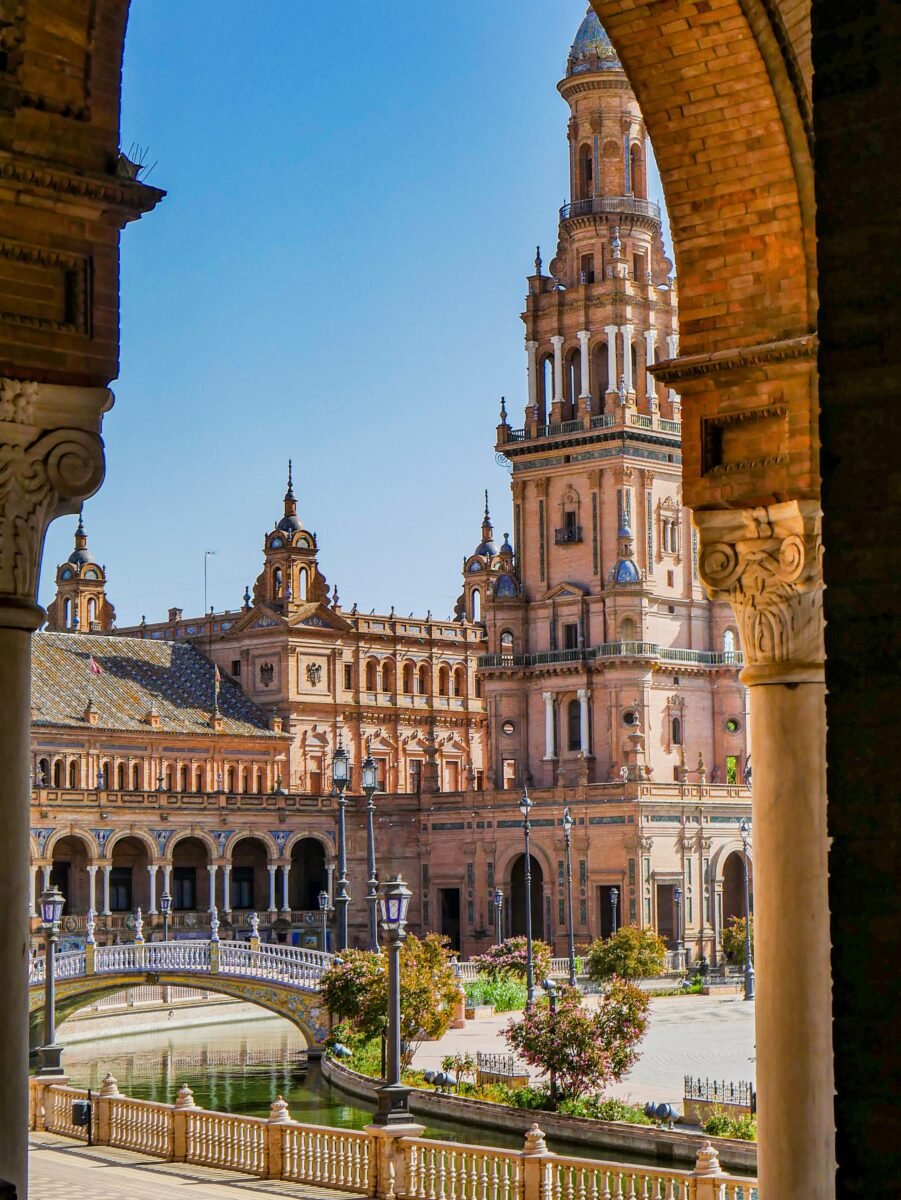
With so much to pack in and so much to see in 14 days in Spain, make sure to take a camera and your comfiest walking shoes – and perhaps a notebook to write down those places you’d like to see on your next visit to this incredible country.



